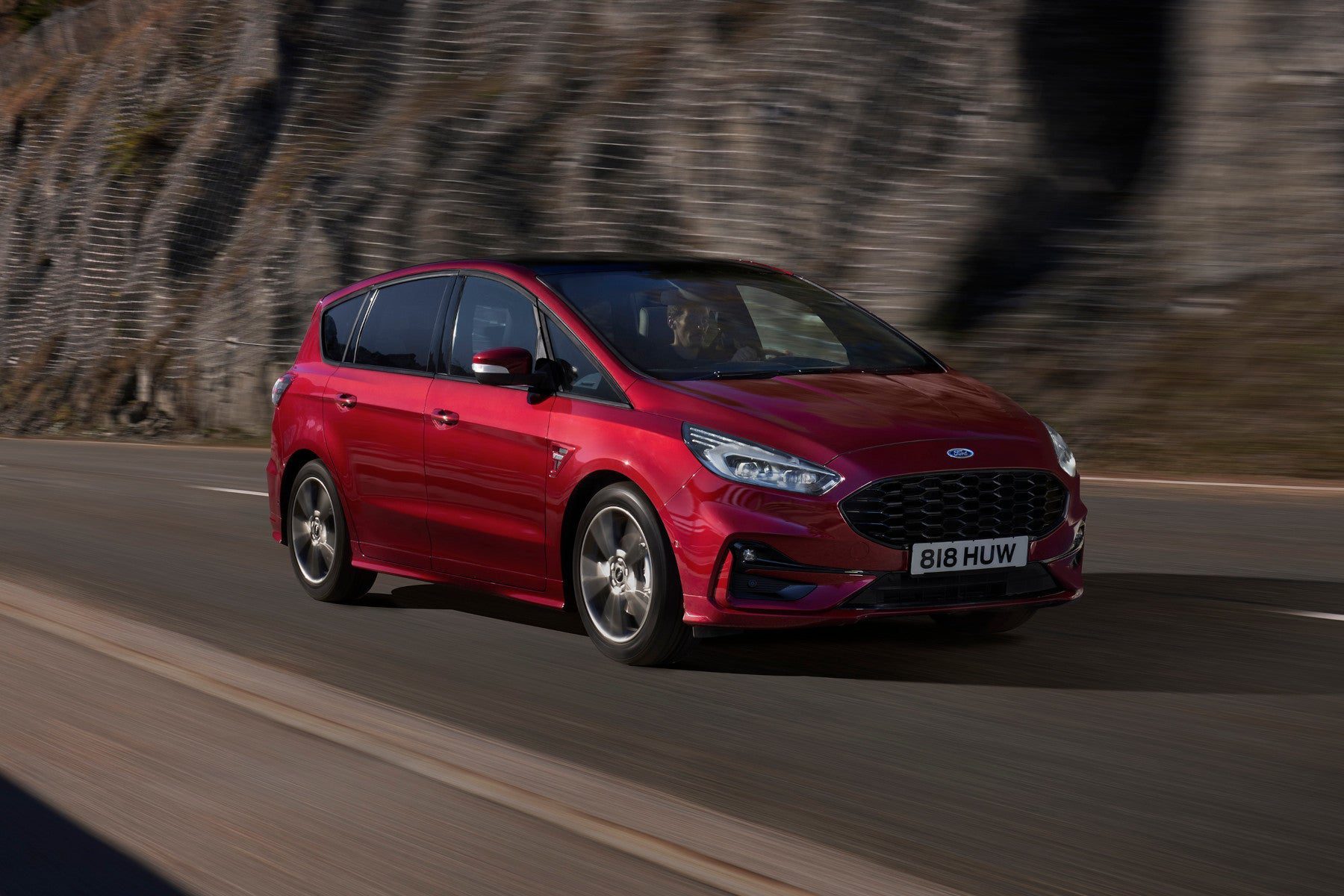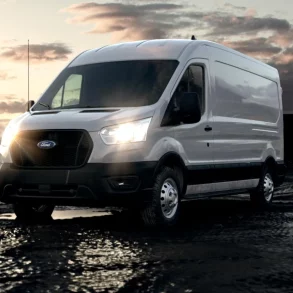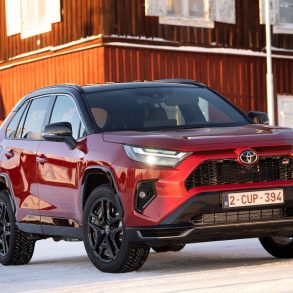Ford S-Max
The Ford S-Max is a seven-seat minivan that was first introduced in 2006. It is currently in its second generation and is sold in Europe, Asia, and South America. The S-Max is powered by a 2.0L EcoBoost four-cylinder engine that produces 247 horsepower and 273 lb-ft of torque. It is available with a choice of a six-speed manual transmission or a six-speed automatic transmission. The S-Max is available in two body styles: a five-door MPV and a seven-seat MPV. It is also available in a variety of trim levels, including the base Trend, the ST-Line, and the Vignale. The S-Max is a good choice for those looking for a spacious and comfortable minivan. It is also relatively fuel-efficient, getting up to 25 mpg in the city and 34 mpg on the highway.
Ford S-Max Overview
The Ford S-Max is a large MPV (multi-purpose vehicle) introduced by Ford in Europe in 2006. Designed to bridge the gap between the more traditional, boxier Ford Galaxy and the sportier, everyday cars in Ford’s lineup, the S-Max has gained significant popularity due to its blend of practicality, style, and driving dynamics.
The S-Max was first unveiled in 2006 and was Ford’s response to the changing dynamics of the MPV segment, where buyers were looking for more stylish, car-like alternatives to traditional minivans. Unlike many MPVs which prioritize maximizing internal space (often resulting in a boxy appearance), the S-Max adopted a sleeker, more dynamic design, reminiscent of a large hatchback or estate car. This gave it a sportier, more appealing visual stance in the market.
Inside, the S-Max provided seating for up to seven passengers. The second and third rows could be folded flat to offer a vast cargo space, making the S-Max versatile for various needs, from family trips to transporting bulky items. The interior also featured a modern design with a focus on quality materials and user-friendly technologies, typical of Ford’s offerings during its production years.
One of the S-Max’s selling points was its driving experience. Unlike many MPVs, which might feel bulky or unwieldy, the S-Max was praised for its car-like handling, precise steering, and overall enjoyable driving dynamics. It was built on Ford’s CD4 platform, which it shared with the Ford Mondeo and the larger Ford Galaxy. Throughout its production run, the S-Max was available with a range of petrol and diesel engines to cater to different market needs. Over the years, these engines have seen updates for efficiency and performance.
The S-Max slotted in Ford’s European lineup between the C-Max (a smaller MPV) and the Galaxy (a larger, more traditionally-styled MPV). While the Galaxy was more about outright space and practicality, the S-Max catered to those who needed versatility but didn’t want to compromise on style or driving enjoyment.









